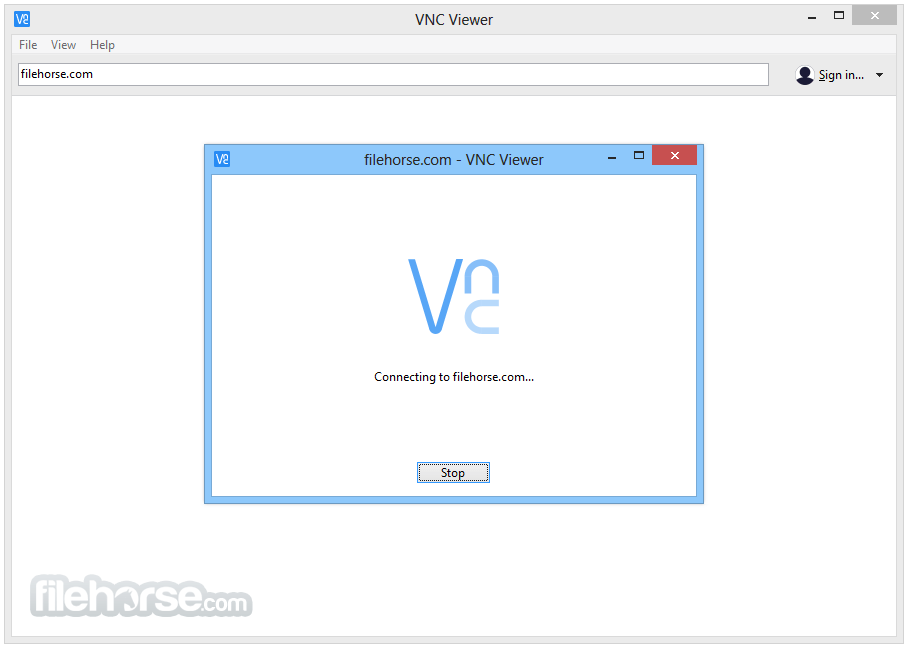
Remote Desktop (RDP) is another Swiss Army Knife for connecting to computers. This is the technique that I use when I am not able to access my network through NeoRouter. This works well when I am in a restrictive network that still allows outbound SSH traffic, and as long as I have my Putty session set up ahead of time with my private key. I can then use SSH to tunnel traffic into my home network, be that browser traffic through a SOCKS proxy and dynamic port, or RDP traffic with a local port. I forward port 22 directly to a Linux box named HUB, and I secure it with SSH keys. I am fortunate enough to have Cincinnati Bell Fioptics which lets me open almost any port on my firewall without any bother. In addition to connecting to a remote shell, you can open ports on a host. It’s a tool for creating encrypted tunnels, it just so happens that 90% of those tunnels connect to remote shells. You can use it to do waaaay more with it than just log into a Unix box and execute commands. SSH is pretty much a Swiss Army Knife of network tools. It’s not ideal, but it works where other services fail.

VNC VIEWER NEOROUTER WINDOWS
Mostly I prefer SSH over pretty much anything else in order to connect to a Linux host, and I prefer Remote Desktop over pretty much anything else in order to connect to a Windows host. I use several methods, each with certain advantages and disadvantages.

I thought that I would elaborate on the tools that I use to get into my home network from work or while traveling. The reason that I set up this server was to use the combination of a Linux server and a Windows desktop to get remote access to my home network. A while back, I wrote about using Windows HyperV server.


 0 kommentar(er)
0 kommentar(er)
